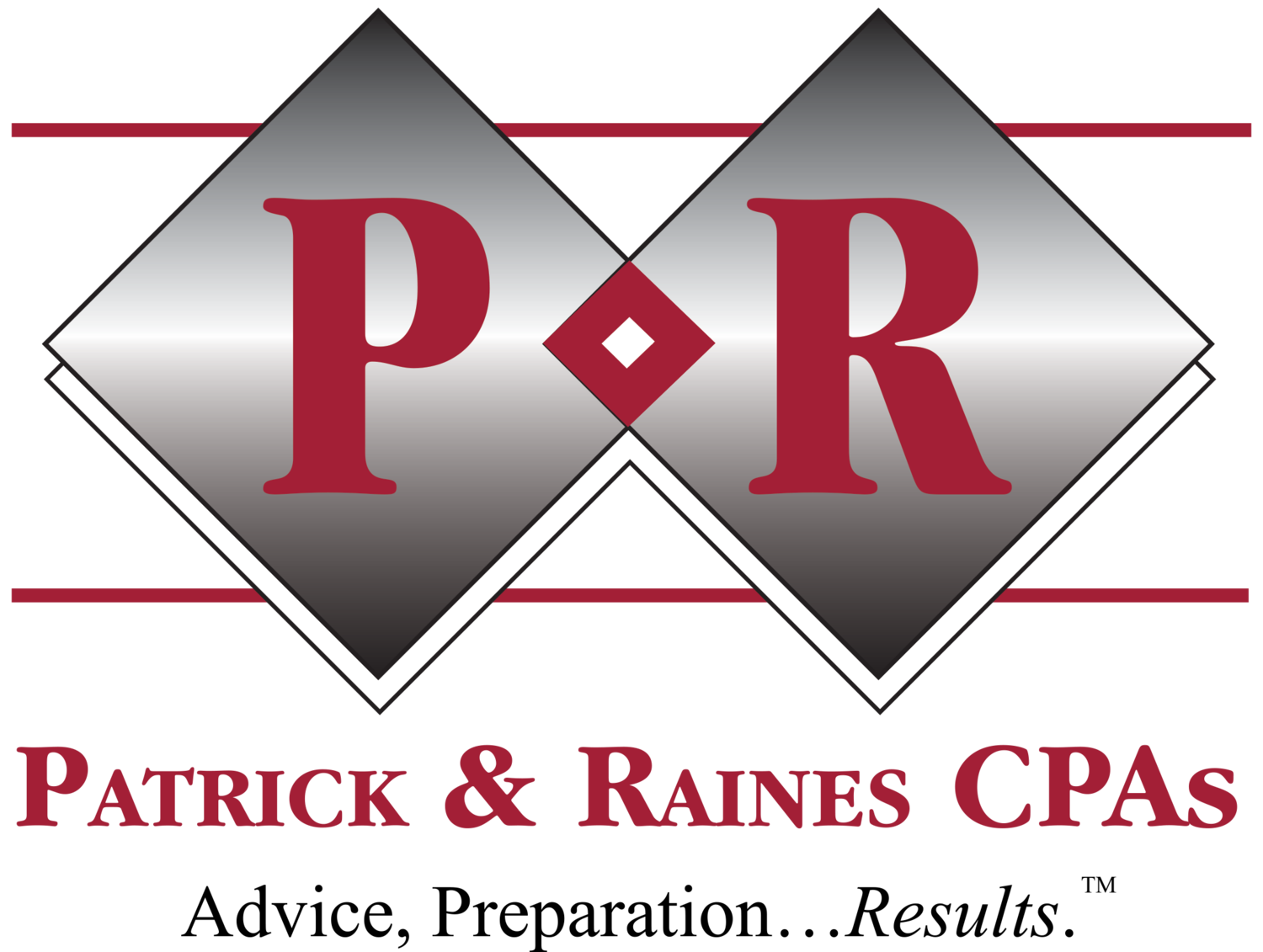Custody Audits Add Safeguards and Expenses to Trust Administration
Trusts enable a formal transfer of assets, such as shares, for the benefit of others. They’re often used for domestic matters or to avoid (not evade!) taxation. By placing assets you don’t need into a trust, you can reduce your wealth, and therefore minimize taxes owed.Domestic trusts are created for several reasons, most commonly to mitigate the concern that beneficiaries may squander the assets if they’re received in a lump sum, such as an inheritance.After the Bernie Madoff scandal, additional regulations were implemented to safeguard investors from unscrupulous investment brokers. Rule 206(4)-2 of the Investment Advisers Act of 1940 requires brokers who hold custody of a client’s assets, even if it’s only joint custody, to be subject to a surprise annual examination by an independent CPA. The surprise examination ensures the clients’ funds are kept in a separate account and proper records are maintained to support the contributions and withdrawals from the account.This change is significant because the broker now bears an additional cost to have custody of a client’s assets. Investment advisors/brokers are often named co-trustees and work with others to ensure the intentions of a trust are carried out, especially in family trusts where the other trustees are family members. These individuals may not be knowledgeable in the workings of trusts and/or could be easily influenced by other family members to carry out the wishes of the trust differently than directed.Because of the additional burden and cost of regulations, investment advisors/brokers are often reluctant to become trustees. For more information on custody audits, trusts and trustees, contact Patrick and Robinson CPAs at 904-396-5400 or Office@CPAsite.com.

